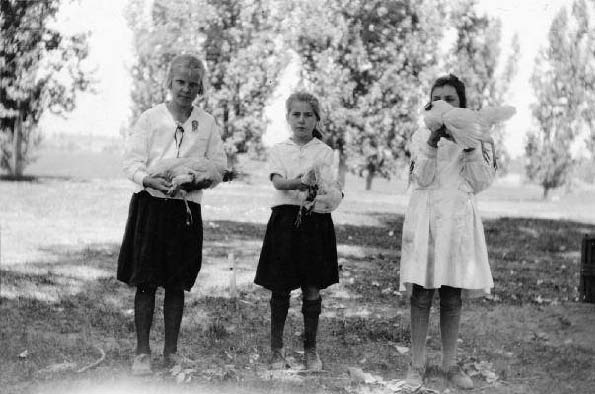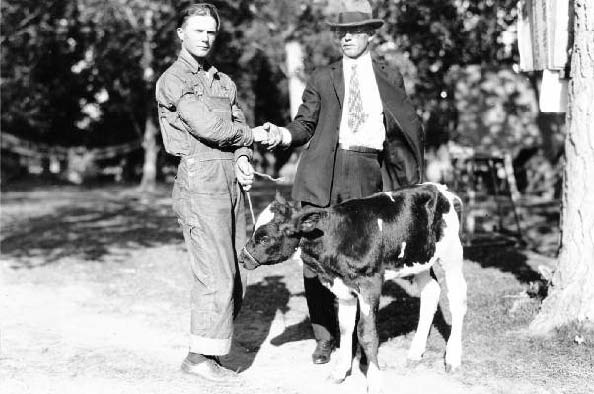edible traditions
HISTORIC PROPORTIONS
Infusing today’s culinary landscape with architectural heritage.
WRITTEN BY ALICIA BARBER
IMAGES COURTESY OF THE UNIVERSITY OF NEVADA, RENO SPECIAL COLLECTIONS
The Reno-Tahoe region is once again becoming a landscape of food production, as artisanal bakeries, olive oil producers, craft breweries, and distilleries join the ranks of popular local farms and ranches. Even our towns and cities are hearkening back to a century ago, when people not only knew where their food and drinks came from but also could walk down the street to chat with the folks who made them.
Not many of those historic sites of production remain in our area, but a few that do are rejoining the realm of food and beverage making in fresh and inventive ways. Reno’s Brasserie Saint James operates in the historic 1930 Crystal Springs Ice plant, drawing water for its brews from the property’s original artesian well. Constructed in 1906, the Minden Flour Milling Co. building is being renovated into a distillery and plans include concocting its spirits with local grains.
Not surprisingly, Virginia City boasts one of the most historic slices of the culinary past, a modest stone building on B Street constructed in 1863 as the storehouse for a “cider manufactory.” There, Ellis H. Morton produced wine bitters, vinegar, and his signature sparkling, non-alcoholic cider, made not with apples but a blend of sugar and water, tartaric acid, hop yeast, and flavorings.
Eventually, Morton left, the mining boom went bust, and the factory closed. The stone building was functioning as a wine cellar in the late 1940s when a vivacious interior decorator named Edith Palmer bought the property. Within a few years, she opened Edith Palmer’s Country Inn and Victoria Pension, offering deluxe accommodations in Morton’s historic home, and country breakfasts in the storehouse.

This was no ordinary inn. Palmer was an honorary member of the oldest and largest gourmet food and wine society in the world, the Confrerie de la Chaine des Rotisseurs, formed in Paris in 1248. Her sumptuous, globally influenced dinners were available by appointment only for an exclusive clientele. Through the 1960s, Edith Palmer’s was the go-to spot for Hollywood celebrities living or performing in the area, from Marilyn Monroe and Dinah Shore to the cast and crew of Bonanza.
Edith died in 1976, but her country inn lives on, owned today by Pat and Leisa Findley and operated by Scottish chef Richard Oates and Alexia Sober. Five nights a week, CORE Dining offers a locally sourced, seasonal menu in the restored cider house, where sparkling chandeliers cast a golden glow on the aged stone walls — serving up a taste of history with every bite.
Historian Alicia Barber, Ph.D., is the author of Reno’s Big Gamble and blogs about local history at Aliciambarber.com. She lives in Reno.
For details on CORE Dining in Virginia City (including dinner and cooking classes), call 775-453-5167 or visit http://www.Corediningnv.com


